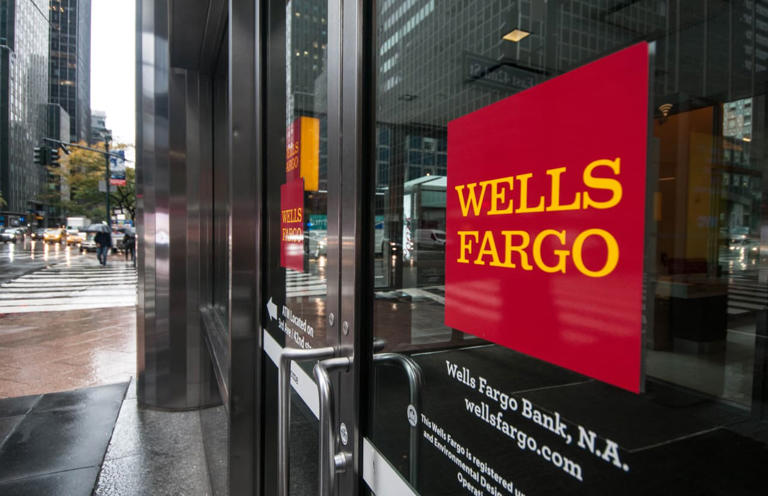Wells Fargo’s recent decision to increase interest rates on client sweep accounts within its wealth management unit marks a significant development in its financial strategy, albeit one with substantial financial implications. During a recent earnings call, CFO Michael Santomassimo revealed that this adjustment could potentially reduce the bank’s net interest income by approximately $350 million for the year, highlighting the strategic recalibration aimed at optimizing client relationships amidst competitive pressures and regulatory scrutiny.
The policy revision specifically targets sweep deposits within advisory brokerage accounts, a core component of Wells Fargo’s wealth management services. Santomassimo clarified that this move was not reactive to competitive dynamics but rather a deliberate adjustment tailored to a specific sweep product within the wealth business. This targeted approach underscores Wells Fargo’s commitment to enhancing the value proposition for clients while navigating regulatory expectations, particularly in the realm of fiduciary responsibilities.
Earlier disclosures in Wells Fargo’s first-quarter 10-Q filing revealed ongoing scrutiny from the Securities and Exchange Commission (SEC) regarding the bank’s practices related to cash sweep options offered to investment advisory clients. This regulatory oversight underscores the importance of transparency and compliance in managing client funds, reflecting broader industry standards and regulatory expectations.
Sweep accounts are a standard practice among major brokerage firms like Wells Fargo Advisors, automating the transfer of uninvested client deposits into interest-bearing bank accounts. Currently, Wells Fargo Advisors offers interest rates ranging from 0.05% to 0.50% on cash balances in sweep accounts, varying based on account size and type. Rates for advisory and nontaxable accounts may differ, prompting clients to engage directly with their Wells Fargo advisor for personalized guidance.
The adjustment in interest rates coincides with heightened investor awareness regarding cash yields, particularly following significant rate hikes by the Federal Reserve in recent years. This environment has seen alternative investments and money-market funds offering significantly higher returns, exceeding 5% presently. This competitive landscape underscores the challenges faced by wealth management firms in balancing client expectations for yield with regulatory compliance and operational efficiency.
Wells Fargo’s wealth management unit, a cornerstone of its financial services portfolio with $2.2 trillion in client assets as of the second quarter, faces ongoing challenges amidst shifting market dynamics. The unit reported a year-over-year decline of 10% in net interest income to $906 million, primarily driven by reduced deposit balances and higher deposit costs as clients seek higher-yielding alternatives.
In the broader industry context, recent legal actions against peer firms like Morgan Stanley over alleged breaches of fiduciary duty concerning cash rates highlight the regulatory scrutiny and competitive pressures facing wealth managers. Wells Fargo’s proactive adjustment reflects its strategic approach to maintaining client trust and regulatory compliance while optimizing financial performance in a complex economic environment.
Looking ahead, Wells Fargo continues to prioritize client-centric solutions and operational excellence within its wealth management division, navigating challenges while pursuing sustainable growth and client satisfaction. As the financial landscape evolves, the bank remains committed to adapting its strategies to meet client needs effectively and uphold regulatory standards across its wealth management operations.
